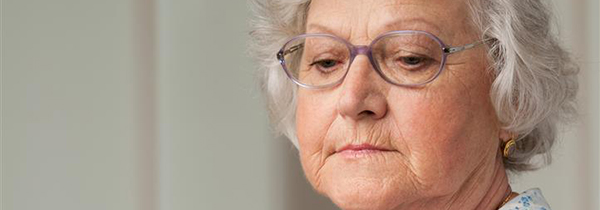
Bipolar disorder is diagnosed using the latest version of the DSM-IV-TR and the ICD-10. Diagnosis is based upon self-reported experiences and abnormalities in behavior discovered and reported by family members, friends, and co-workers.
Several rating scales are used for screening and evaluation to determine if bipolar disorder exists and also to determine the criteria for diagnosing sub-types.
Subtypes of bipolar disorder include the following:
- Bipolar I disorder: one or more manic episodes; a person may have a depressive or hypomanic episode, but it is not required for diagnosis.
- Bipolar II disorder: no manic episodes; a person may have one or more hypomanic episodes and one or more depressive episodes. Bipolar II is more difficult to diagnose.
- Cyclothymia: history of hypomanic episodes, which includes periods of depression.
- Bipolar disorder NOS: NOS stands for not otherwise specified; this catchall category is used to diagnose patients that don’t fall under a particular subtype.
Each category has a specifier that indicates the course of the disorder.